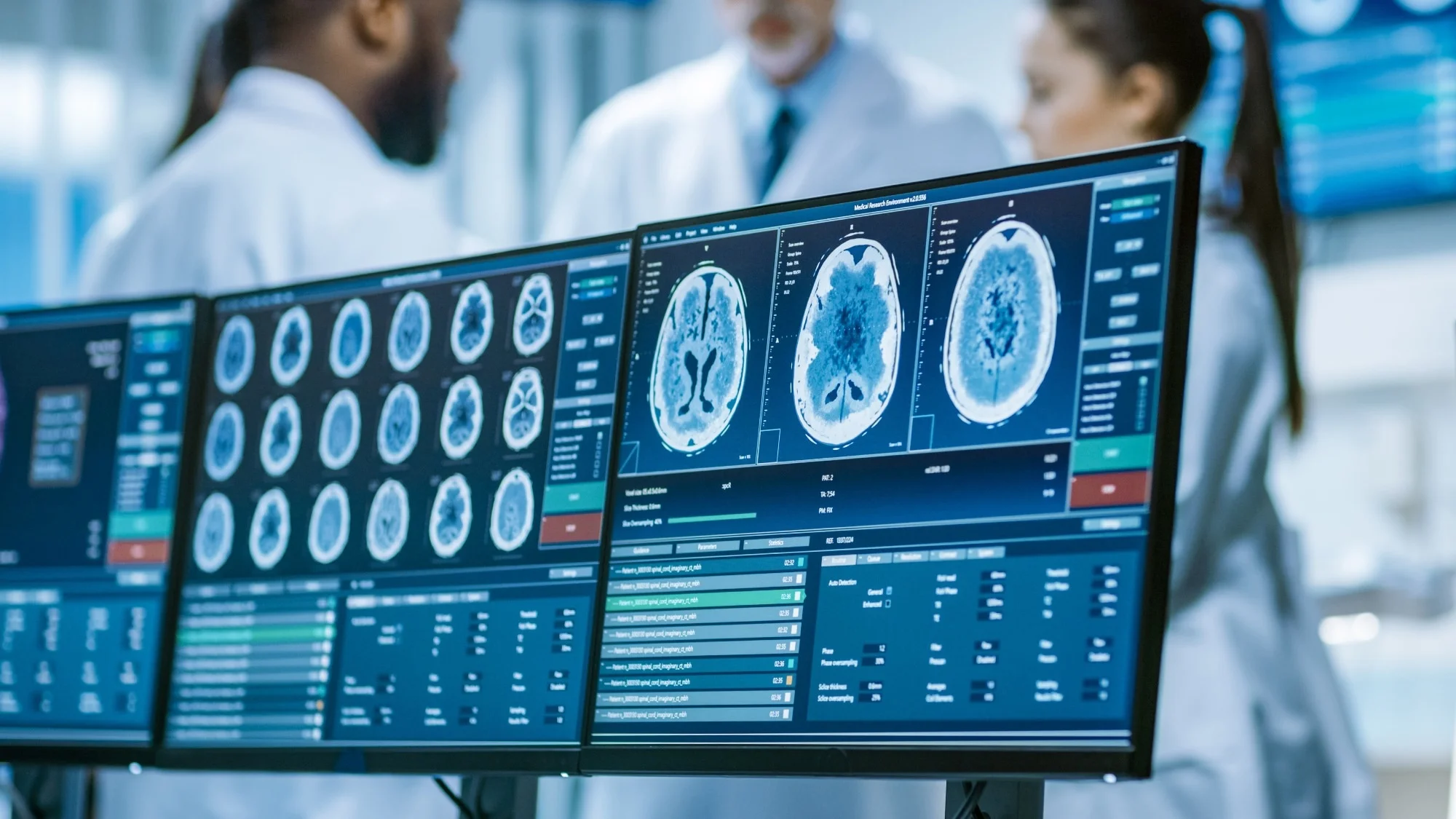Ultrasound is a medical imaging technique. It uses sound waves to create images of the body’s internal structures. It is a safe and painless procedure that can diagnose a wide range of conditions, including:
- Heart problems
- Pregnancy
- Breast cancer
- Kidney stones
- Gallbladder disease
- Liver disease
- Joint problems
- Muscle injuries
- Vascular problems
It is also used to guide procedures such as needle biopsies and fluid drainage.
How does ultrasound work?
An ultrasound machine sends out sound waves that bounce off of the body’s tissues. The sound waves are then converted into electrical signals. These signals display on a monitor as an image. The different tissues in the body reflect sound waves differently. So the images created by ultrasound can be used to distinguish between different tissues.
What are the benefits of ultrasound?
- Ultrasound is a non-invasive procedure. Which means that it does not involve any needles or surgery.
- Ultrasound is a safe procedure. There is no known risk of radiation exposure or other side effects.
- Ultrasound is a painless procedure.
- Ultrasound is a relatively inexpensive procedure.
- Ultrasound diagnoses a wide range of conditions.
What are the risks of ultrasound?
The risks of ultrasound are very low. There is no known risk of radiation exposure or other side effects. However, there is a small risk of infection if the probe is not properly cleaned.
How is an ultrasound performed?
Ultrasound is performed by a trained technician. The technician will apply a gel to the skin. Then move a handheld device called a transducer over the area of the body. The transducer sends out sound waves and receives the echoes. Which are then converted into images on a monitor.
The entire procedure usually takes only a few minutes.
What should I expect after an ultrasound?
There is no special care required after an ultrasound. You may notice a small amount of gel on your skin, which can be wiped away with a damp cloth.
Here is some additional information about ultrasound:
- Ultrasound can be used to see the baby’s heart beating. To measure the baby’s growth during pregnancy.
- Ultrasound can be used to guide needle biopsies. Which are procedures in which a needle is inserted into the body to remove tissue for testing.
- Ultrasound can be used to guide fluid drainage. Which is a procedure in which fluid is removed from the body through a needle.
Why Choose Ultrasound Imaging?
– Safe and Non-Invasive: Ultrasound imaging involves no radiation exposure. It is a safe option for patients of all ages. Including pregnant women and children.
– Versatile and Wide-Ranging: Ultrasound can be used to examine various body parts. Including the abdomen, pelvis, heart, and blood vessels. And even superficial structures like tendons and muscles.
– Real-Time Imaging: Ultrasound provides real-time images. Allowing healthcare professionals to visualize the movement of organs and assess their functionality.
– Cost-Effective: Ultrasound is generally more affordable. Making it a cost-effective option for patients.
Ultrasound imaging is a versatile and valuable diagnostic tool. That offers a range of benefits for patients.
Its non-invasive nature and cost-effectiveness make it an attractive choice for healthcare providers.
Whether it’s monitoring a pregnancy, evaluating abdominal pain, or assessing the heart’s function. Ultrasound plays a significant role in diagnosing medical conditions.
By harnessing the power of sound waves, ultrasound continues to provide safe and reliable imaging. Contributing to better patient care.



